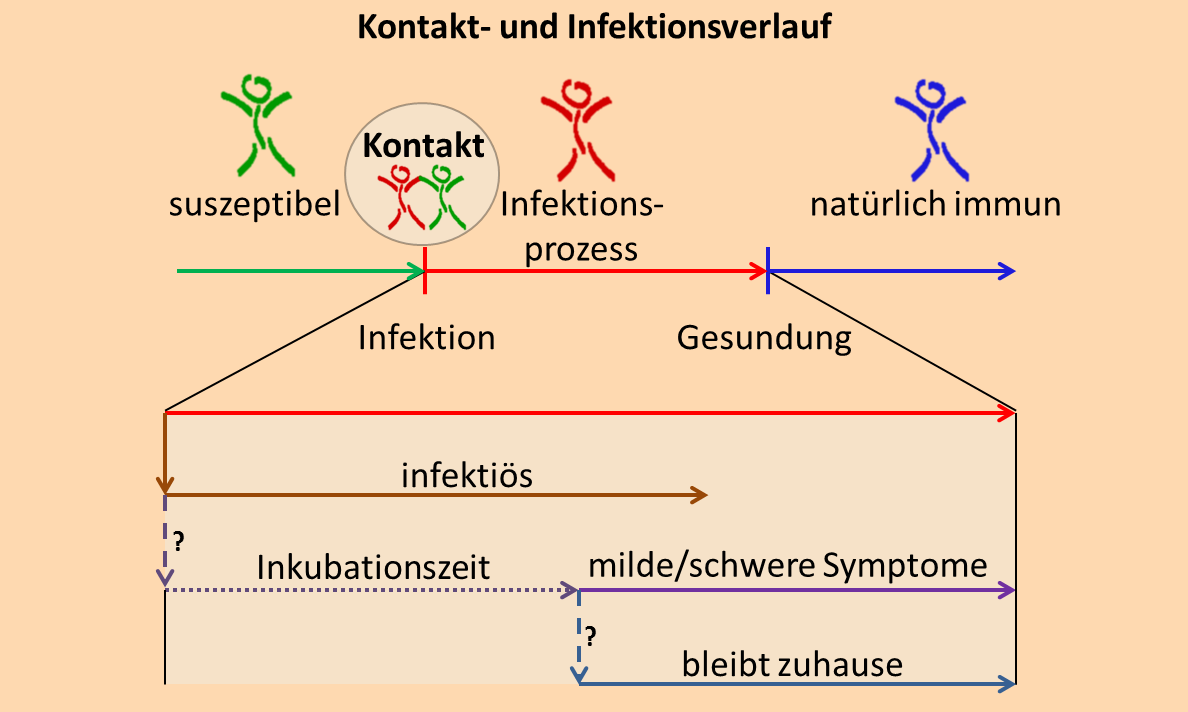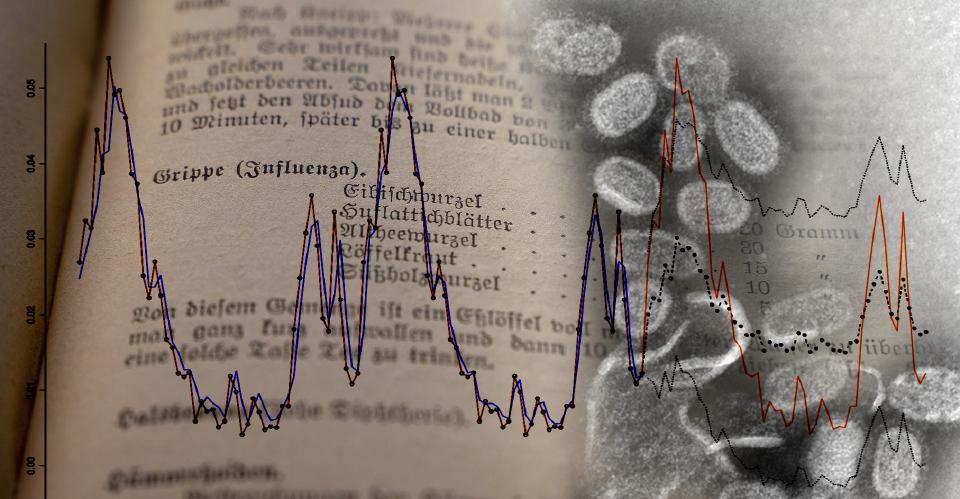Note: This is an automated translation (using DeepL) of the original German article.
Agent-Based Simulation of Influenza-Epidemic and Vaccination-Strategies
Influenza is an infectious disease that causes an epidemic in Europe and North America almost every year during the winter season. This leads to millions of cases worldwide with a serious impact on the quality of life and health care systems. It is also blamed for a large number of deaths.
Although much is known about the characteristics of the influenza virus, certain mutations of viral proteins and clinical symptoms, many questions about the outbreak and spread of the epidemic remain unanswered. Outbreaks typically occur between January and March, but vary greatly in strength and length and are difficult to predict. The key factors are poorly understood, as are the influence of specific population groups and optimal vaccination strategies.
The goal of this research project was to develop a modular, agent-based model to simulate influenza seasons. In a first step, this model was used to reproduce past, known seasons as well as possible. Thus, the model could be parameterized and validated correctly. In further steps, the model was used to simulate fictitious interventions in the already calculated season and was also adapted to simulate future seasons. Influenza is an infectious disease that causes an epidemic in Europe and North America almost every year during the winter season. This leads to millions of cases worldwide with a serious impact on the quality of life and health care systems. It is also blamed for a large number of deaths.
Although much is known about the properties of the influenza virus, certain mutations of viral proteins and clinical symptoms, many questions about the outbreak and spread of the epidemic remain unanswered. Outbreaks typically occur between January and March, but vary greatly in strength and length and are difficult to predict. The key factors are poorly understood, as are the influence of specific population groups and optimal vaccination strategies.
The goal of this research project was to develop a modular, agent-based model to simulate influenza seasons. In a first step, this model was used to reproduce past, known seasons as well as possible. Thus, the model could be parameterized and validated correctly. In further steps, this model was then used to simulate fictitious interventions in the already calculated season on the one hand, and on the other hand it was adapted to simulate future seasons.
 Schematic representation of the implemented disease module
Schematic representation of the implemented disease module
The developed model is sufficiently detailed to simulate and analyze a wide range of interventions against influenza epidemics - and is therefore suitable for planning vaccination strategies and pandemic concepts such as the prevention of…
- Vaccination strategies that can vary in terms of number of vaccinated population groups and timing of vaccination.
- Use of presumed transmission-inhibiting measures such as flu masks.
- Quarantine measures, so that people with even a low suspicion of influenza stay at home to avoid possible infection of others.
- Implementation of preventive measures such as temporary school closures or other restrictions on public life to avoid the possibility of infection.
The crucial added value of this model approach is that the spread of the epidemic does not have to be known, but due to individual persons, contacts and infections arises independently, so to speak.
Research cooperation
This project was started within the research project IFEDH.
